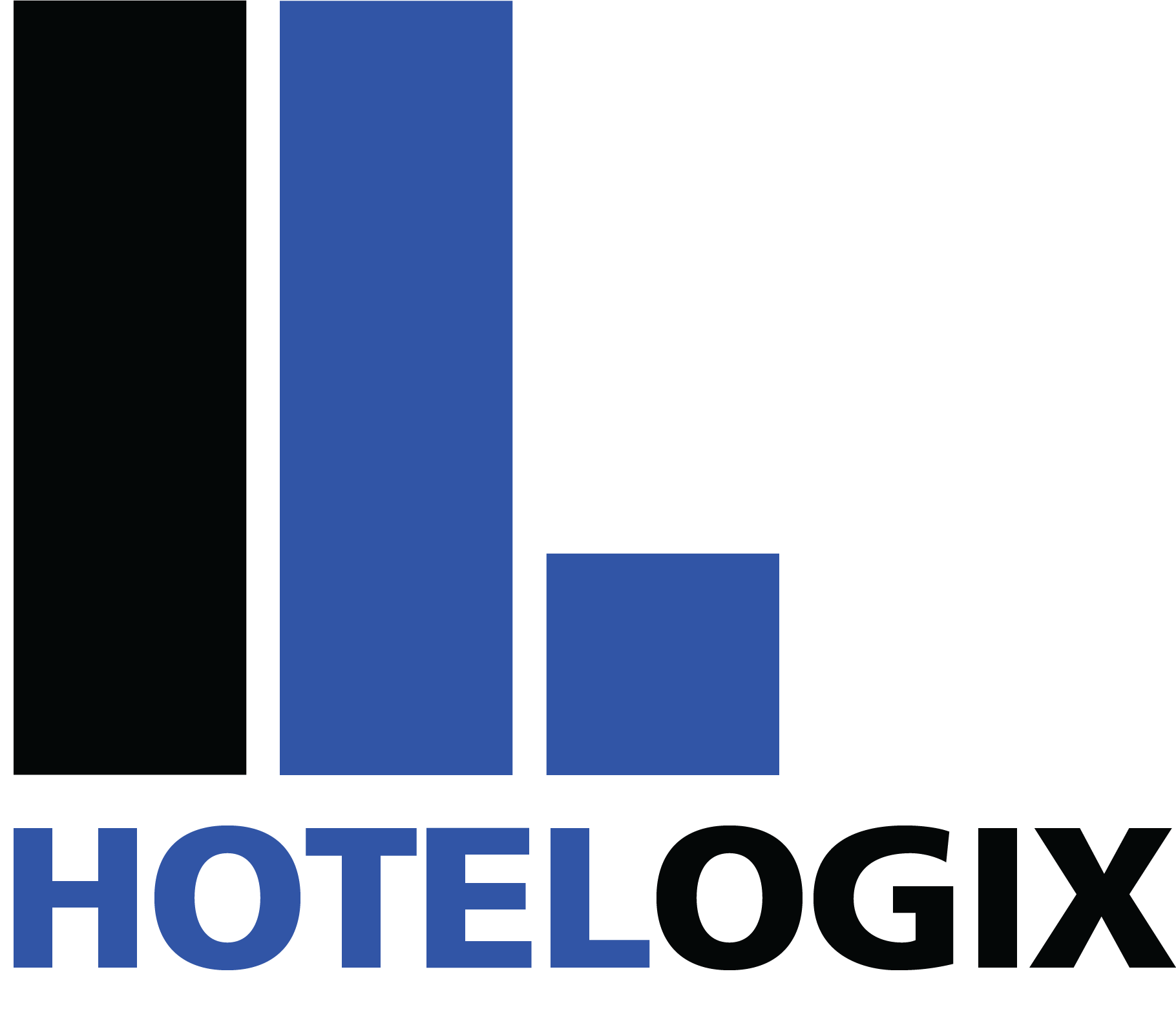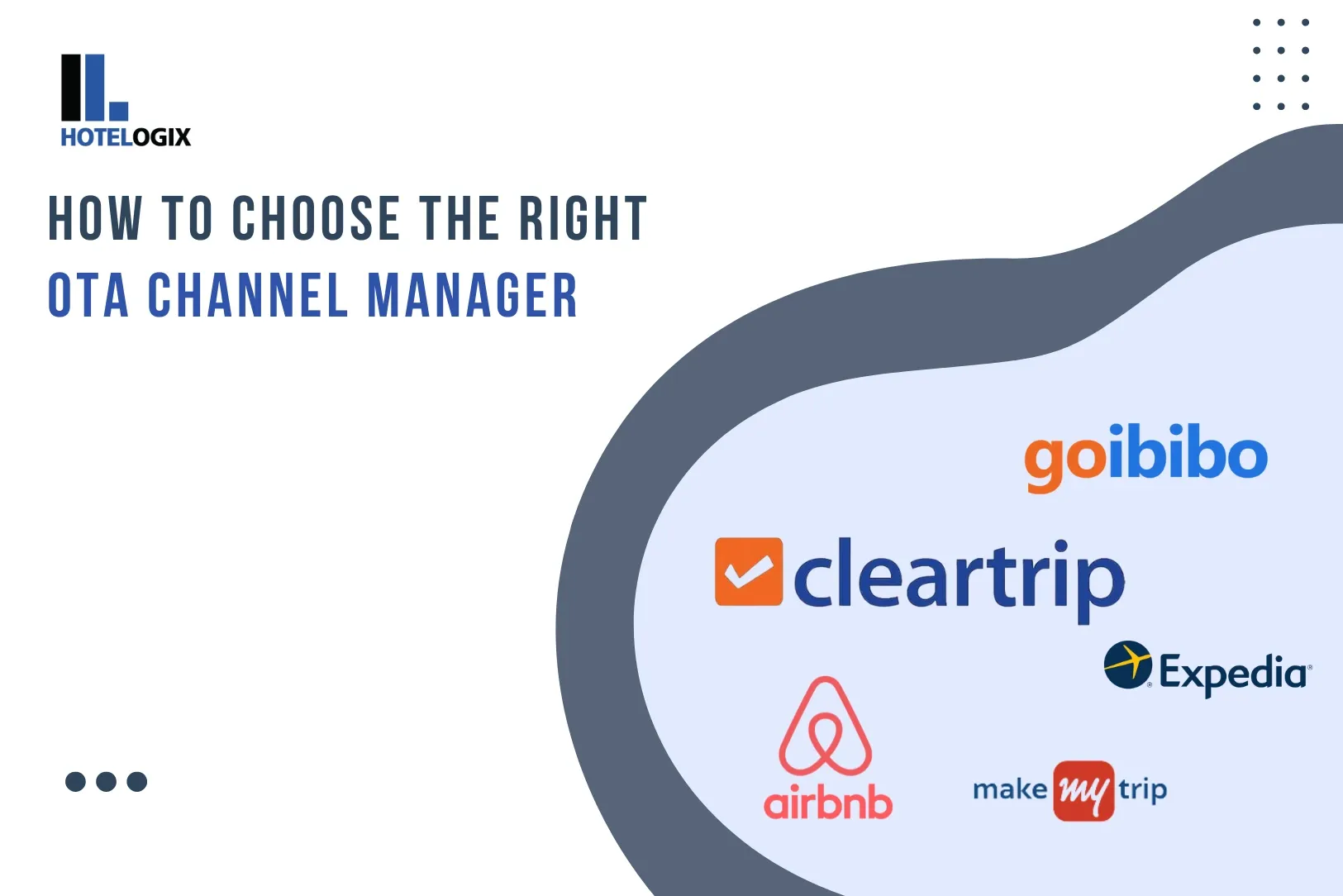In today’s competitive hospitality industry, managing bookings efficiently can make or break a hotel's success. For small and mid-size hotels, having the right OTA (Online Travel Agencies) channel manager is critical. A channel manager allows you to update room availability, pricing, and bookings across multiple platforms like Booking.com, Expedia, and more—all from one place. This tool not only simplifies operations but also helps maximize revenue and improve the guest experience.
Choosing the right OTA channel manager can streamline your hotel’s online distribution strategy, prevent overbookings, and boost overall profitability. This guide will help you understand what to look for and how to make the best decision for your hotel.
What is a Channel Manager?
An OTA channel manager is a system that helps hotels manage room inventory across multiple OTAs. It updates room availability and pricing in real-time across all platforms, ensuring that your hotel’s information is always accurate. This prevents overbookings and reduces manual work.
For small and mid-size hotels, an OTA channel manager is essential to maximize bookings and stay competitive. By managing your room listings from one centralized platform, you can save time and avoid the costly errors that come with manually updating each OTA separately.
Why Choosing the Right Channel Manager Matters
Choosing the right OTA channel manager is important because it can impact your hotel’s efficiency, revenue, and guest satisfaction. A good channel manager helps you:
- Maximize Revenue: By connecting your hotel to multiple OTAs and updating inventory in real-time, you can reach more guests and fill more rooms.
- Save Time: Automating manual tasks like updating room availability and pricing frees up your team to focus on guest services.
- Prevent Overbookings: Real-time updates reduce the risk of double bookings, ensuring a smoother guest experience.
- Optimize Pricing: Some channel managers offer dynamic pricing tools to help you adjust rates based on demand, occupancy, and market conditions.
For small and mid-size hotels, these benefits are especially valuable because they allow you to compete with larger hotels while keeping operations simple and efficient.
How to choose the Right Channel Manager for Your Hotel Distribution
1. Assess Your Hotel’s Needs
Before choosing a channel manager, it’s important to assess your hotel’s specific needs. Whether you're a small boutique hotel or a mid-size chain, the right features and scale of the channel manager should align with your goals.
- Increase Visibility: If your goal is to improve visibility on OTAs, you’ll want a channel manager that connects to a wide range of platforms.
- Improve Occupancy Rates: If you’re focused on filling more rooms, choose a channel manager that offers real-time updates and dynamic pricing tools.
- Expand into New Markets: If you plan to enter new markets, ensure the channel manager can connect with international OTAs and support multi-language listings.
2. Integration with Your Property Management System (PMS)
A key feature of any OTA channel manager is its ability to integrate with your Property Management System (PMS). Integration is essential because it allows the channel manager to sync room availability and pricing directly with your PMS. This ensures that when a booking is made, the inventory is updated across all platforms in real-time.
For small and mid-size hotels, seamless integration with your PMS means less manual work and fewer chances for errors. Make sure the channel manager you choose is compatible with your existing PMS or offers integration with popular systems.
3. Features to Look For in a Channel Manager
When choosing an OTA channel manager, there are several key features to look for:
- Real-Time Updates: The channel manager should automatically update room availability and pricing across all OTAs in real-time. This ensures that your listings are always accurate and prevents overbookings.
- Pooled Inventory: Look for a channel manager that supports pooled inventory. This means that all available rooms are listed across all OTAs, and once a room is booked, it’s removed from availability on all platforms.
- Dynamic Pricing: Many channel managers offer dynamic pricing tools, allowing you to adjust rates based on demand, season, or other factors. This feature helps maximize revenue by ensuring your prices are competitive.
4. User Experience and Interface
For small and mid-size hotels, ease of use is crucial. Your staff may not have the time or resources to manage a complex system. A channel manager with a simple, user-friendly interface will make it easier for your team to manage room availability, update prices, and track bookings.
Also, consider whether the channel manager offers mobile access. This allows you to manage bookings and inventory on the go, which is helpful for smaller teams that need flexibility.
5. Reporting and Analytics
A good OTA channel manager will offer robust reporting and analytics features. This helps you understand how your distribution strategy is performing and make data-driven decisions.
- Performance Tracking: Look for a channel manager that provides detailed reports on booking patterns, occupancy rates, and revenue per channel. These insights can help you optimize your distribution strategy.
- Revenue Optimization: Analytics can also help you identify the most profitable OTAs. By focusing more on high-performing channels, you can maximize revenue.
6. OTA Network and Connectivity
When choosing a channel manager, ensure that it supports a wide range of OTAs. The more OTAs your hotel is connected to, the more guests you can reach. Make sure the channel manager supports the platforms most popular with your target market.
- Channel Coverage: Check if the channel manager connects to both global OTAs like Booking.com and Expedia, as well as regional OTAs that may be important in your market. For niche hotels, ensure the manager connects to specialized OTAs, such as Mr & Mrs Smith.
- GDS Integration: If your hotel caters to corporate travelers, consider a channel manager that connects to Global Distribution Systems (GDS), such as Amadeus or Sabre.
7. Customer Support and Training
For small and mid-size hotels, having access to reliable customer support is essential. Look for a channel manager that offers 24/7 support in case you encounter any issues. Additionally, ensure that the provider offers training resources, such as tutorials, documentation, and onboarding support, to help your staff get the most out of the platform.
8. Cost and Scalability
Cost is always a consideration for small and mid-size hotels. Different channel managers have different pricing models—some charge a flat monthly fee, while others may take a commission on bookings. Choose a pricing structure that fits your budget and hotel size.
Additionally, consider scalability. If you plan to expand or add new properties, make sure the channel manager can grow with you. A scalable solution will save you the hassle of switching platforms as your business grows.
Making the Right Choice for Your Hotel
Choosing the right OTA channel manager is crucial for small and mid-size hotels looking to improve operational efficiency, increase visibility, and maximize revenue. By focusing on features like real-time updates, integration with your PMS, user-friendly interfaces, and strong reporting tools, you can find a channel manager that meets your hotel’s unique needs.
A well-chosen channel manager will help streamline your operations, prevent overbookings, and allow you to make smarter decisions about where and how to list your rooms. In turn, this can improve guest satisfaction, boost profitability, and help your hotel thrive in a competitive market.


